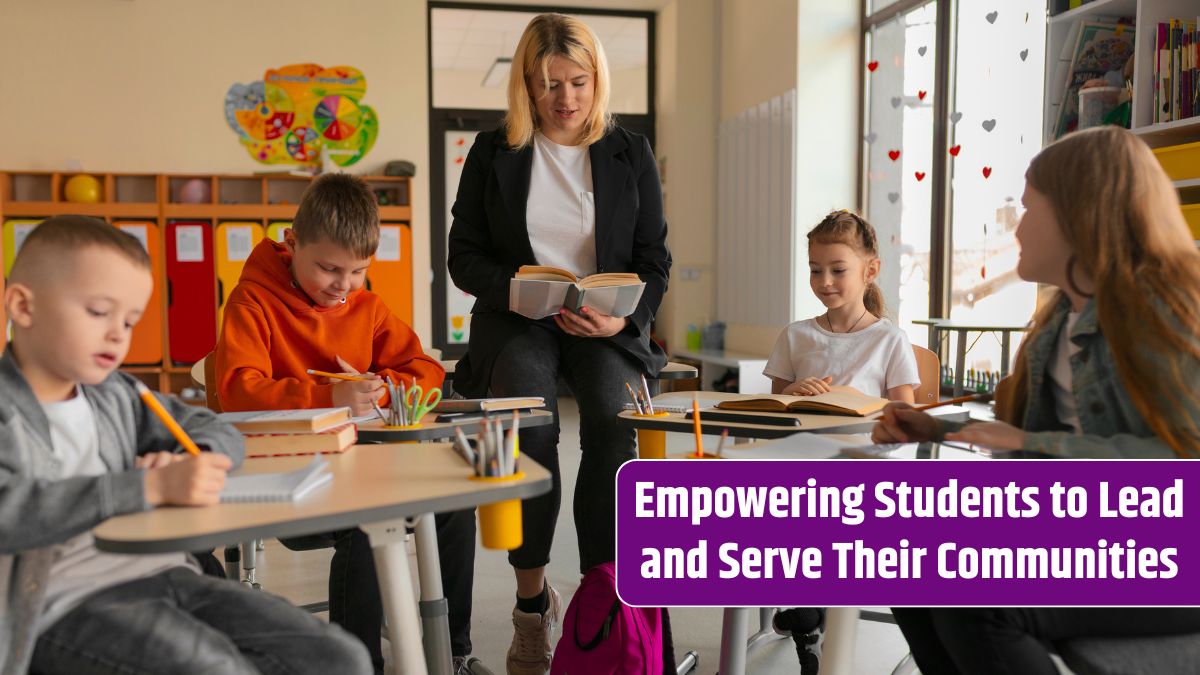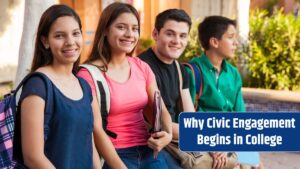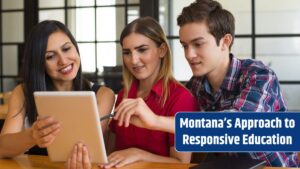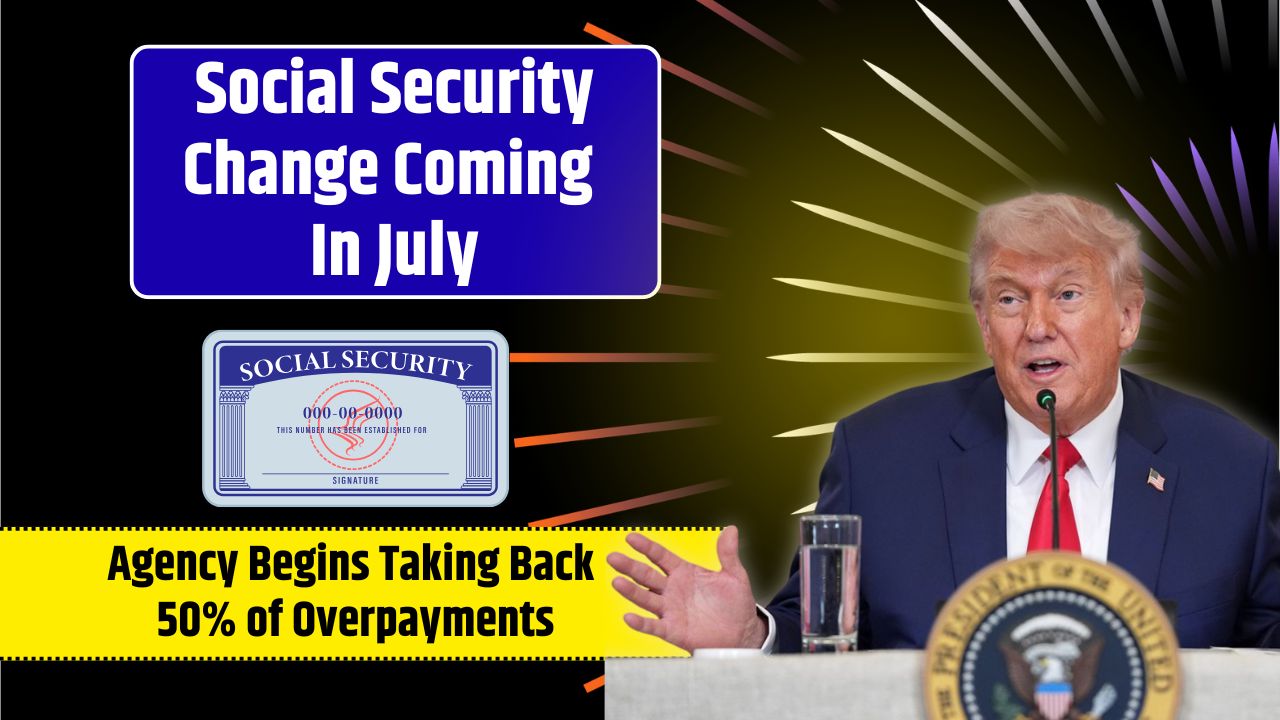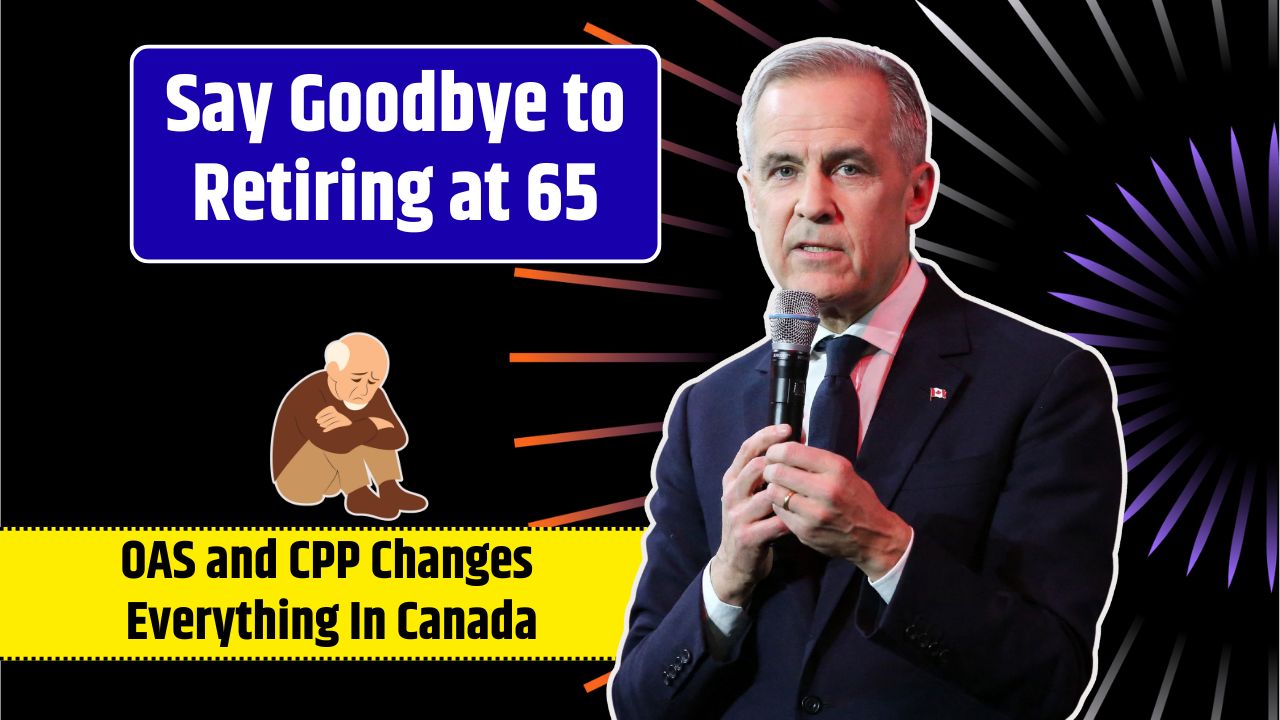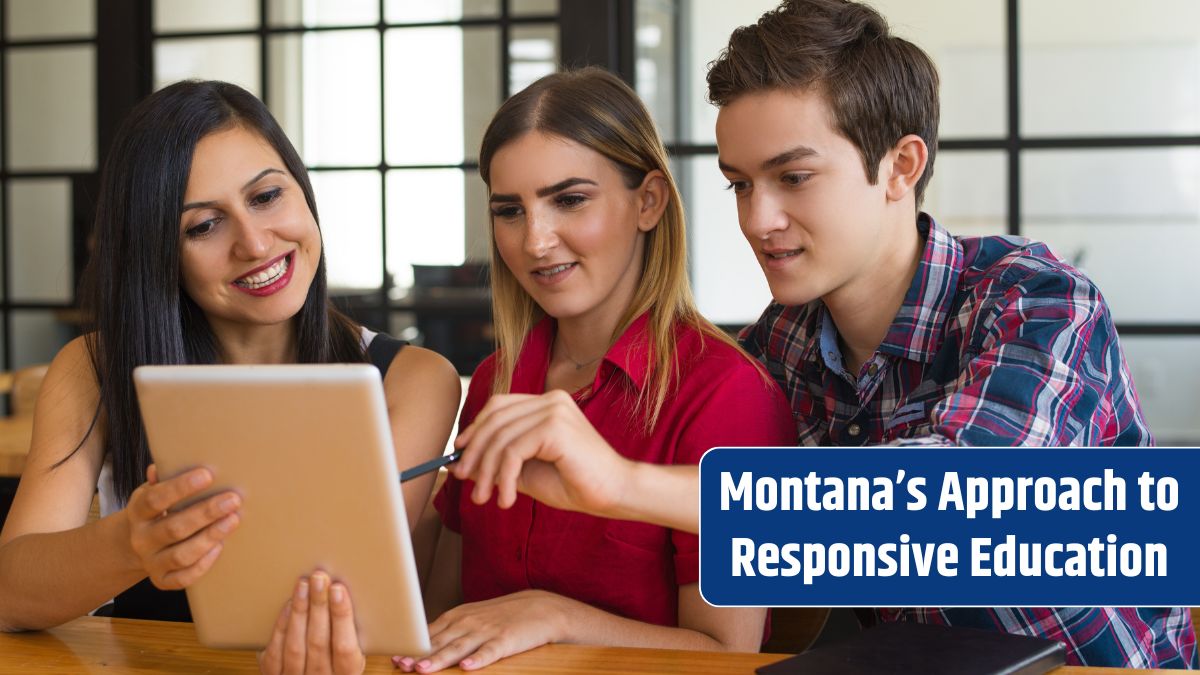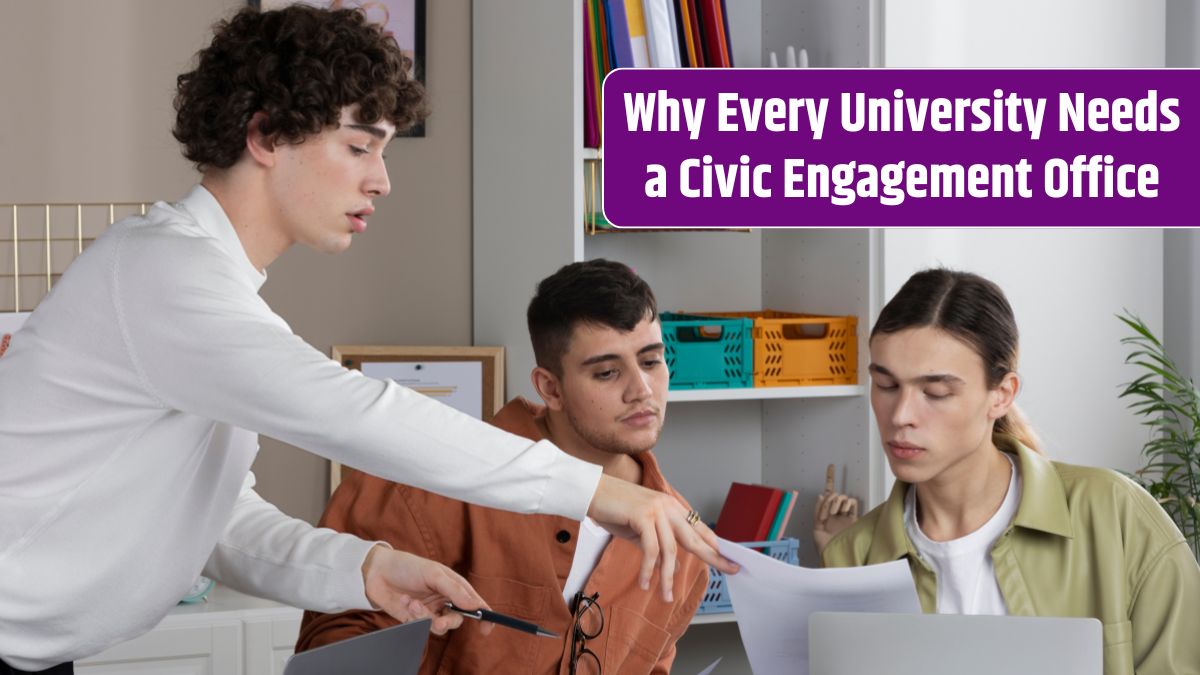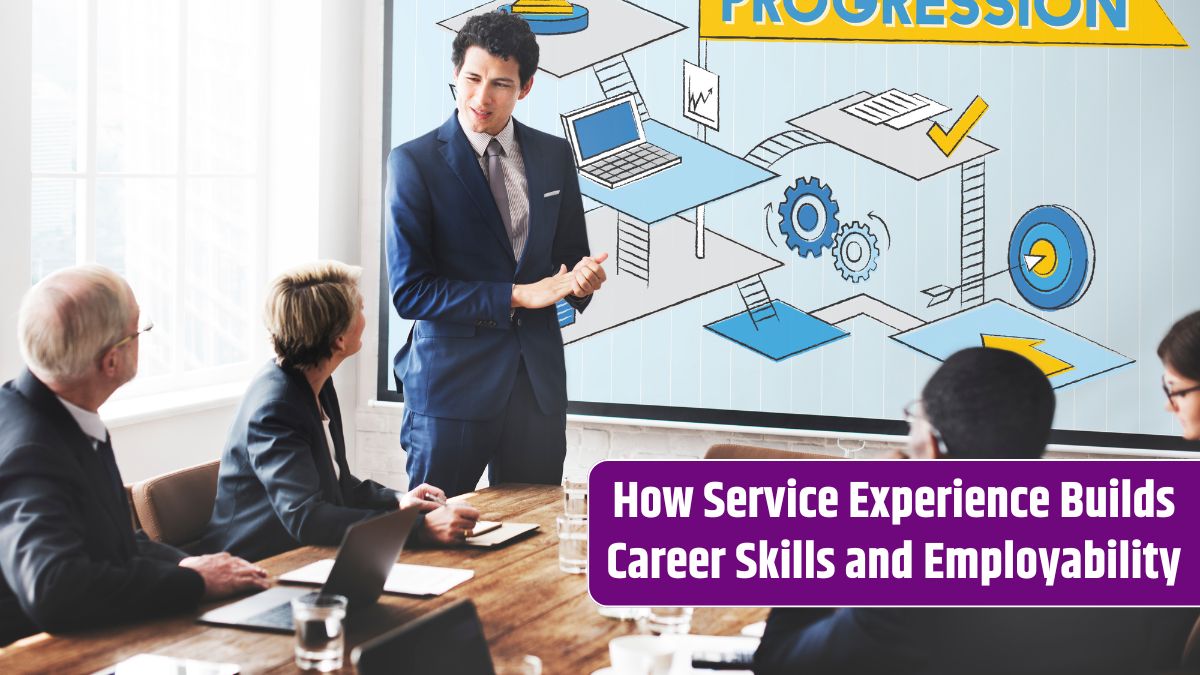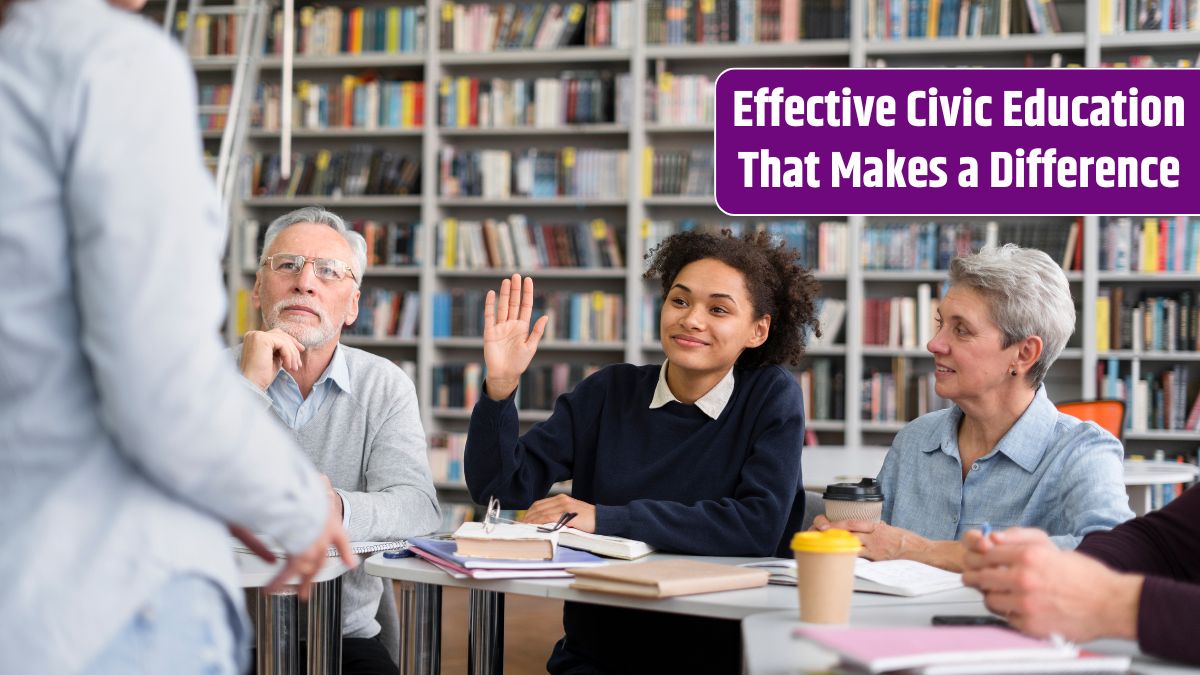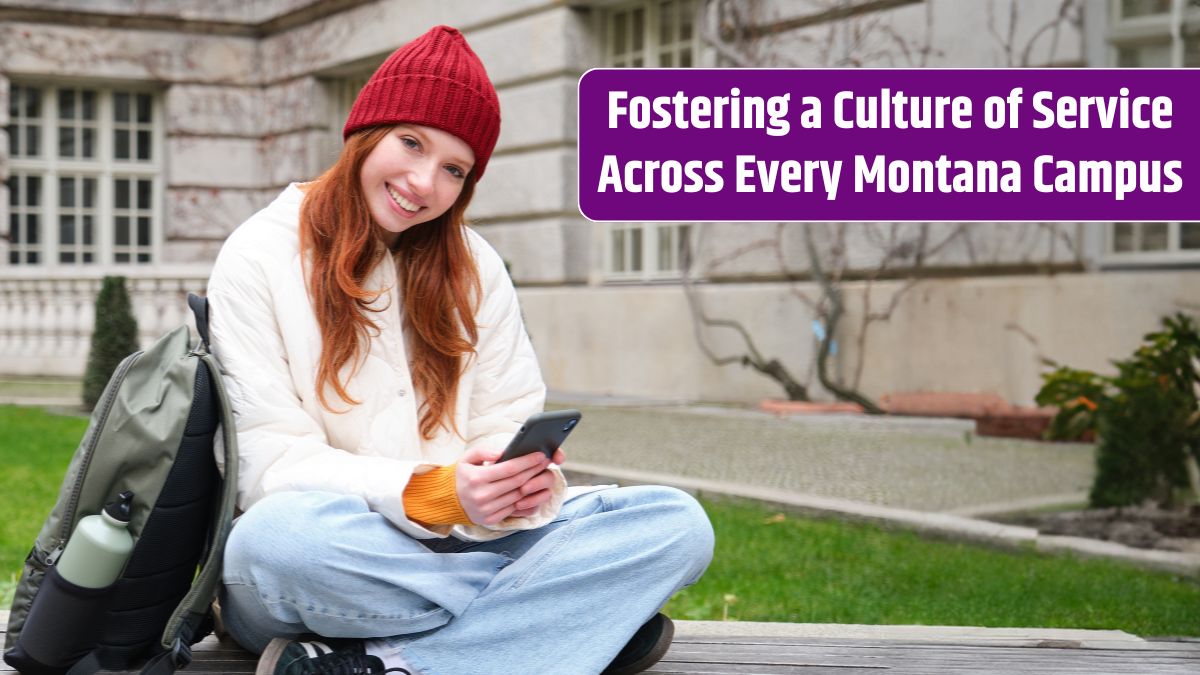What if your classroom could change the world? Not just your world—but the wider community around you? The truth is, it can. When educators reimagine the classroom as more than a place to absorb facts, it becomes a launchpad for civic action. Students don’t just learn about democracy and leadership—they live it. The classroom can be a powerful catalyst for change, equipping students with the tools to lead, serve, and shape the future.
Table of Contents
Mindset
Everything starts with mindset. Traditional education often teaches students what to think, but civic education shifts the focus to how to think—and act. It challenges students to see themselves not just as learners, but as leaders.
When students are taught to think critically, question norms, and reflect on their role in society, they begin to take ownership of real issues. This shift—from passive recipients of information to active citizens—is the foundation of lasting civic engagement.
Relevance
Let’s be honest—if students can’t relate to what they’re learning, it won’t stick. Civic education works best when it’s connected to real life. Teachers who link lessons to local issues—like school funding, public safety, or environmental justice—help students see that civic life isn’t just something for “grown-ups” or politicians.
When students realize their voice can influence policies that affect their daily lives, civic learning becomes personal. That emotional connection fuels engagement.
Application
The best way to learn civics? Do civics. Classrooms can become practice grounds for democracy. Think simulations like mock trials or student government. Better yet, let students organize a voter registration drive or collaborate with a local nonprofit.
When students apply their learning to real-world situations, they develop confidence, communication skills, and a sense of responsibility. They stop asking “Why does this matter?” and start saying, “Let’s do something about it.”
Leadership
Leadership isn’t about having a title—it’s about taking initiative. Classrooms that foster leadership give students opportunities to speak, lead, organize, and solve problems. Teachers can empower students by letting them lead discussions, design projects, or even co-create classroom norms.
This doesn’t just prepare them for future careers—it prepares them for public life. When students see themselves as leaders, they’re more likely to act as change agents in their communities.
Service
Civic engagement without service is just talk. Service-learning combines community work with structured classroom reflection. It’s about going beyond volunteering to connect service with learning objectives.
For example, a student volunteering at a food bank while studying income inequality doesn’t just feel good—they understand the why behind the issue. That connection deepens empathy and drives long-term commitment to change.
Results
So, what happens when the classroom becomes a civic catalyst? Students become more active, informed, and passionate about making a difference. They vote, volunteer, lead initiatives, and start conversations that matter.
Here’s a quick breakdown of how classroom activities translate into civic impact:
| Classroom Activity | Civic Impact |
|---|---|
| Mock elections | Voting awareness & participation |
| Service-learning projects | Long-term community involvement |
| Public debates | Better critical thinking & discourse |
| Research on local issues | Informed community solutions |
| Leadership roles | Stronger civic identity |
When education focuses on action, not just information, it becomes a force for good. The classroom stops being a bubble and starts being a bridge—to the community, to leadership, and to lifelong civic engagement.
FAQs
How does the classroom drive civic change?
By teaching leadership, service, and real-world engagement.
Why is relevance important in civic learning?
Relevant topics keep students engaged and connected.
What is service-learning?
It’s community service linked to classroom learning.
Can students lead civic projects?
Absolutely—students thrive when given leadership roles.
What skills come from civic education?
Critical thinking, empathy, public speaking, and leadership.

